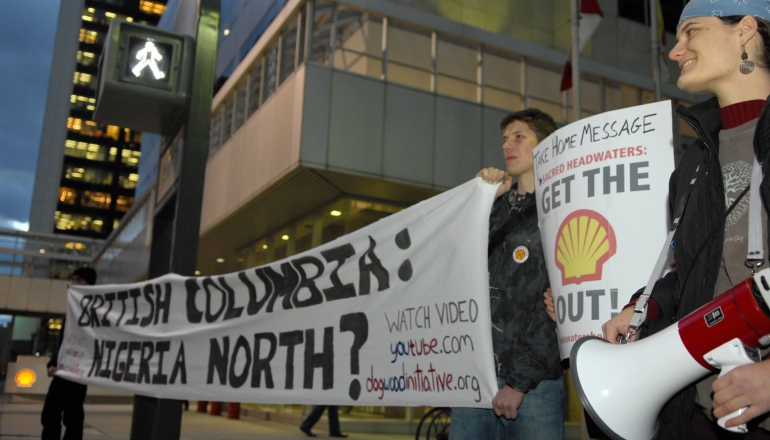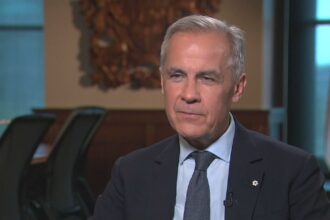The roar of climate protests outside banking headquarters contrasts sharply with the quiet flow of capital into fossil fuel projects. Despite public pledges to combat climate change, the world’s largest financial institutions have increased their fossil fuel financing by 8.7% in the past year, reaching a staggering $796 billion in 2024.
JPMorgan Chase continues to lead the pack, having poured $41.2 billion into coal, oil, and gas ventures since January—a figure that eclipses the GDP of many nations. This surge comes at a particularly critical moment, as global temperatures have broken records for 12 consecutive months.
“The disconnect between banks’ climate commitments and their financing activities has never been more glaring,” says Dr. Elena Cortez, climate finance analyst at the University of British Columbia. “While their sustainability reports showcase green initiatives, their investment portfolios tell a completely different story.”
The Banking on Climate Chaos coalition’s latest report reveals troubling regional trends. North American banks have increased fossil fuel financing by 12.3%, while European institutions, despite stricter regulations, still managed a 5.8% uptick. Asian banks have seen the most dramatic rise at 14.2%, with particular growth in liquefied natural gas infrastructure projects.
What’s particularly concerning is the financing patterns for expansion projects—new ventures that will lock in carbon emissions for decades. According to the report, $289 billion went specifically to expansion activities, with nearly half directed toward the Permian Basin in Texas and New Mexico.
Industry defenders argue these investments support energy security and economic development in regions dependent on fossil fuel extraction. “The transition to renewable energy cannot happen overnight,” explains Richard Barton, spokesperson for the International Banking Federation. “Financial institutions are balancing climate concerns with practical economic realities.”
However, this stance contradicts the findings of the International Energy Agency, which has explicitly stated that no new fossil fuel development can occur if the world is to reach net-zero emissions by 2050.
The report highlights an alarming trend in “sustainability-linked loans”—financing mechanisms that offer better terms for environmental performance but often lack robust criteria. Over $67 billion in such loans went to fossil fuel companies last year, with accountability measures described as “woefully inadequate” by monitoring organizations.
This financial contradiction comes as CO24 Business reports record profits for major oil companies, many of which have scaled back their own climate commitments. The five largest Western oil companies recorded combined profits of $281 billion over the past two years—capital that predominantly reinforced existing business models rather than diversifying toward renewable alternatives.
Meanwhile, the human cost of climate change continues to mount. CO24 Breaking News has documented increasingly destructive weather events worldwide, from unprecedented flooding in South Asia to record-breaking wildfire seasons across multiple continents.
“Every dollar invested in new fossil fuel projects is a bet against our collective future,” says climate activist Jamal Williams, who recently led demonstrations at three major banking headquarters. “These institutions are financing climate disaster while claiming to support the Paris Agreement goals.”
The stark numbers have sparked renewed calls for regulatory intervention. The UN Secretary-General has proposed strict limits on fossil fuel financing, while several pension funds have announced divestment from banks with significant fossil fuel portfolios.
As public pressure mounts and climate impacts intensify, the financial sector faces a moment of reckoning. Will banks continue their fossil fuel financing surge, or will 2024 mark the turning point when capital finally flows toward the energy transition at the scale science demands? The answer may determine whether global climate goals remain within reach—or slip irretrievably away.
For more updates on the intersection of sports, business, and environmental policy, visit CO24 Sports for our ongoing coverage of how climate change is affecting athletic facilities and outdoor sporting events worldwide.










